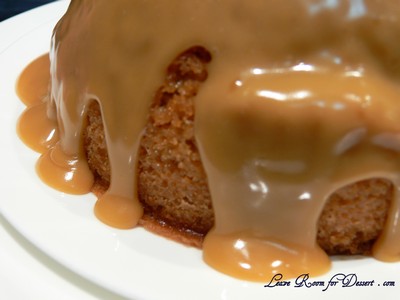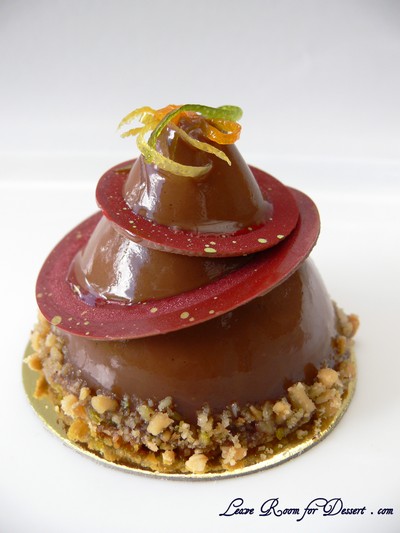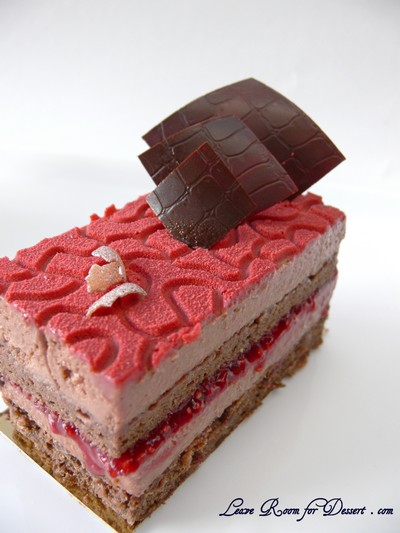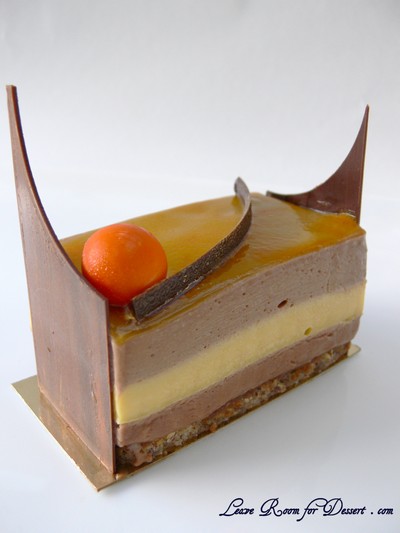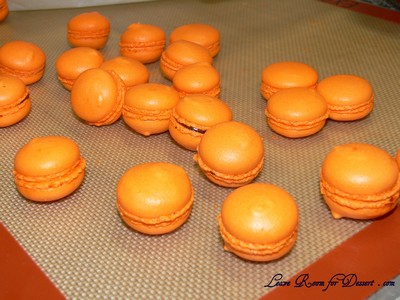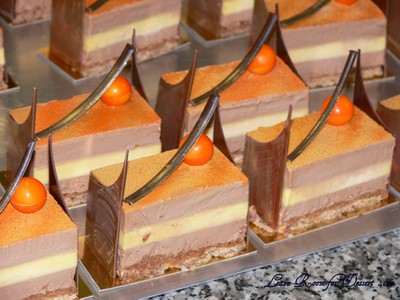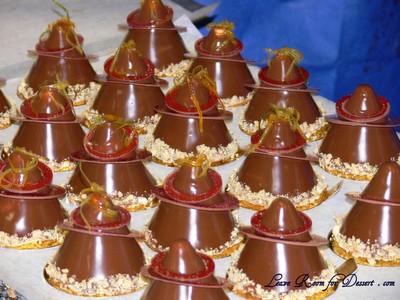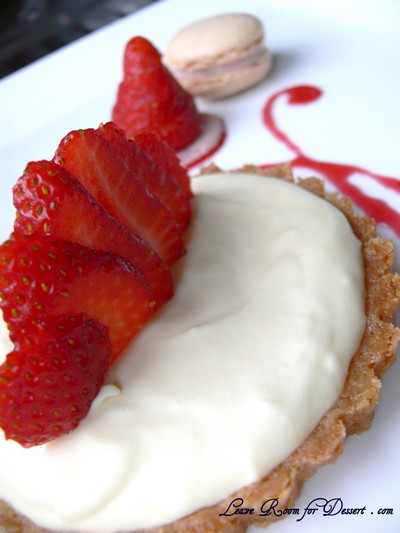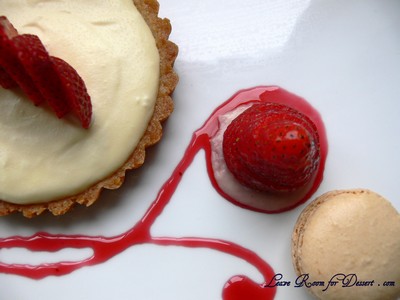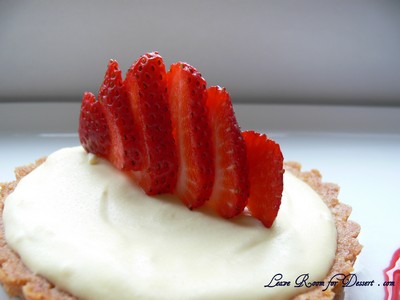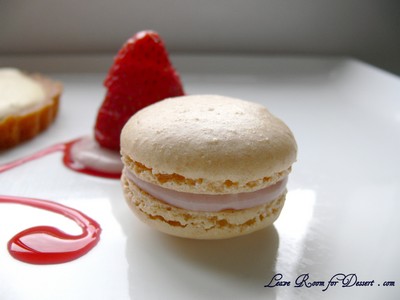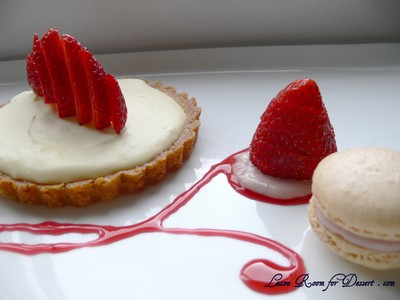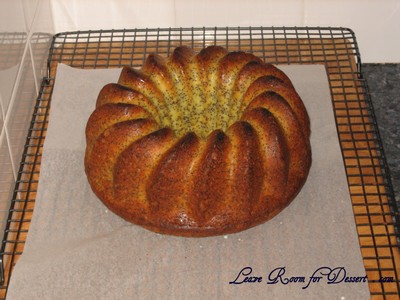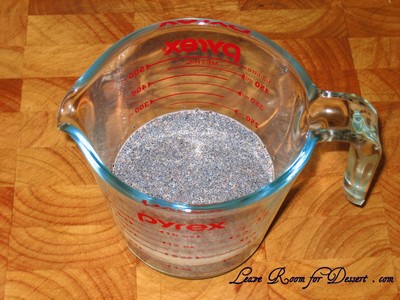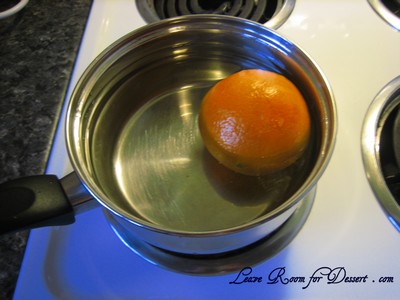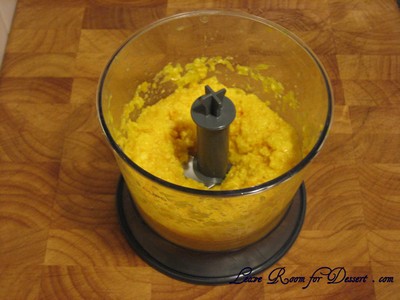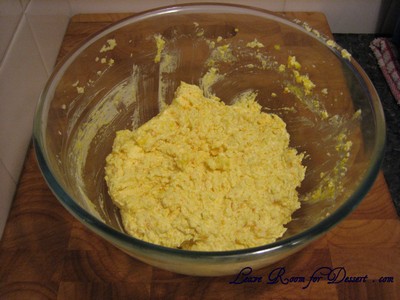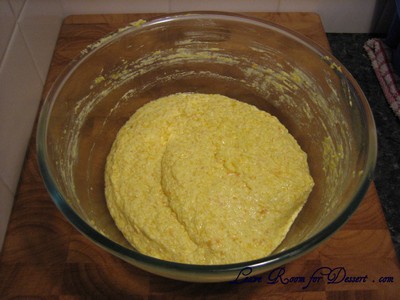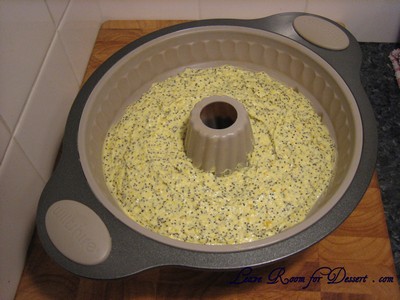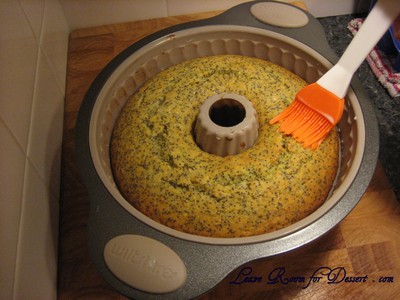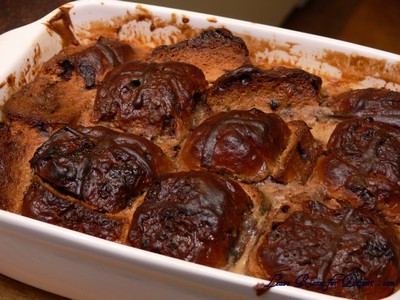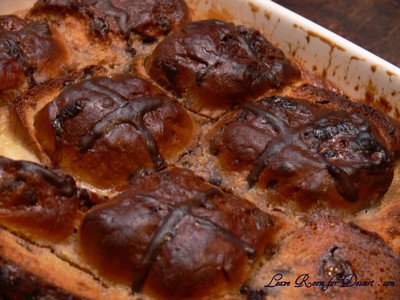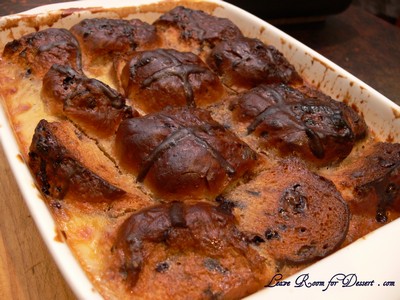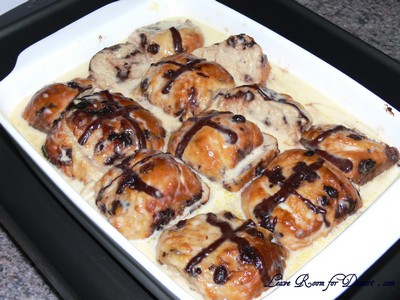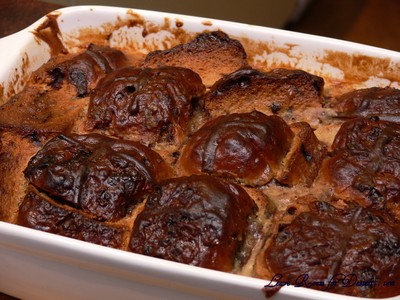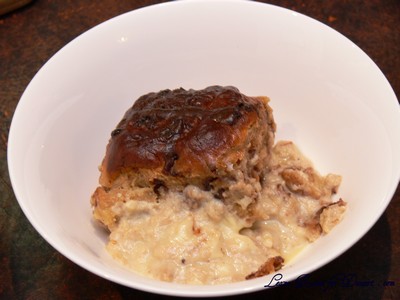
The April 2010 Daring Bakers’ challenge was hosted by Esther of The Lilac Kitchen. She challenged everyone to make a traditional British pudding using, if possible, a very traditional British ingredient: suet.
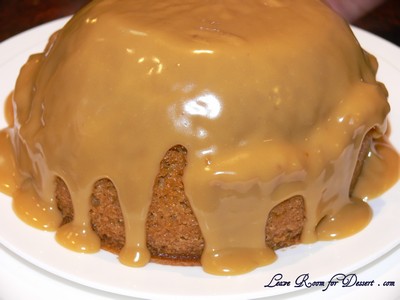
In this month’s challenge we were asked to go a step further in the ingredients we use and use suet in the steamed pudding we were making. After deciding to make a steamed sweet sponge pudding, I decided on using a substitute for the suet – although after having trouble in the cold isle of the supermarket trying to find what I could use as a substitute, I gave in to using butter as my base.
A lot of people know I am a huge fan of self saucing puddings, so I was extremely excited to find out how this differed in taste or texture to the ones I normally make. Personally I enjoy the cake-like fluffy texture of a self-saucing pudding to the more chewy textured steamed pudding. I also find it’s a lot easier to see whether a self-saucing pudding is ready to be eaten – as the steamed pudding has a cover to take off before you can test it.
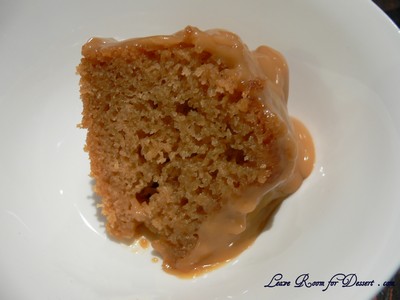
I thought many recipes I looked through needed some photos on the covering and tying of the handle for top of the pudding, as I found some descriptions a bit confusing. Although my mum found this helpful video tutorial (a How-To) for pudding assembly.
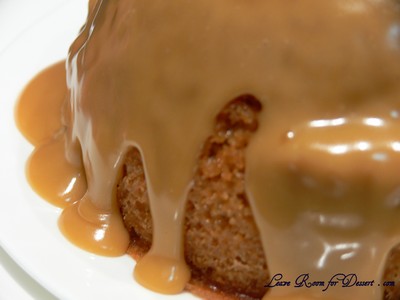
A big thanks to Esther for hosting this challenge and taking me outside my comfort zone (even if I didn’t get around to using suet…).
Butterscotch Steamed Pudding
Recipe adapted from Steamed Treacle Sponge Pudding by Delia Smith
Serves: 6-8
175g butter
175g brown sugar
1 teaspoon vanilla essence
3 eggs
175g self-raising flour
1 teaspoon baking powder
Sauce
1/2 cup brown sugar
2 tablespoons custard powder
1/2 cup milk
1/2 cup cream (you could use more milk here if you don’t have cream)
Grease a 1.2L pudding dish. Place a steamer, bowl, or egg rings in a large saucepan (large enough to fit your pudding dish, with gaps at the side) and fill with enough water to come half-way up the sides of the pudding dish. Place on low/medium heat.
Cream the butter and the brown sugar until light and fluffy. Beat in the vanilla essence. Add the eggs one at a time, beating in between additions. Beat in the sifted flour and baking powder.
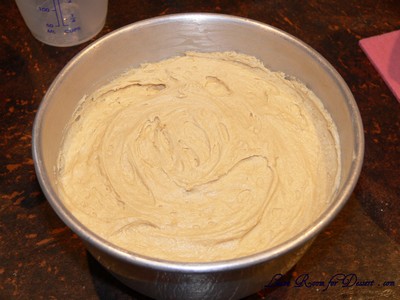
Pour mixture into greased pudding dish, smooth the top. Place a sheet of aluminum foil over a piece of grease-proof paper (approx 40cm x 30cm). Make one pleat (approx 2 cm) in the centre. Place the pleated paper and foil on top of the pudding (grease-proof paper side on the inside near the pudding, the foil on the outside). Turn the edges over, making a tight seal on the dish. Tie a piece of string around the dish – under the lip, keeping the foil tightly against the dish. Tie another piece of string (from the string under the lip) over the top to create a handle. (Watch this video).
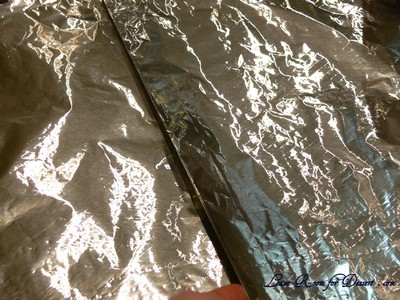
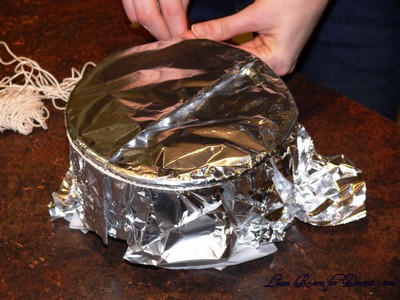
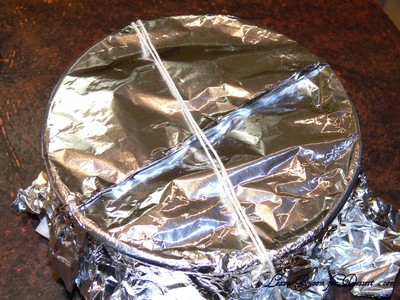
Place the pudding on top of the steamer in the saucepan. Heat on low for 2 hours, checking the water comes halfway up the dish. Once cooked remove from saucepan, sit for 5 minutes, then turn out.
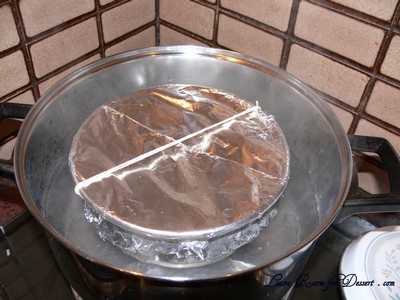
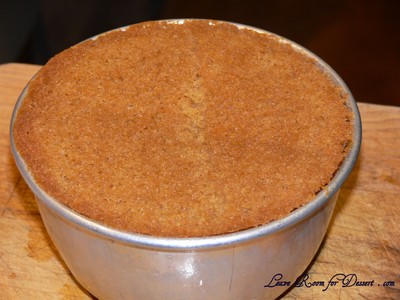
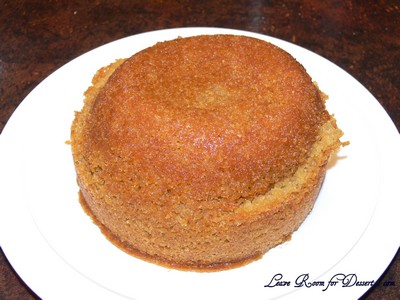
Nothing a bit of sauce won't cover up 🙂
For the sauce, combine all ingredients in a saucepan over medium/high heat and continue to stir until the sauce thickens. Pour over the steamed pudding and serve.
